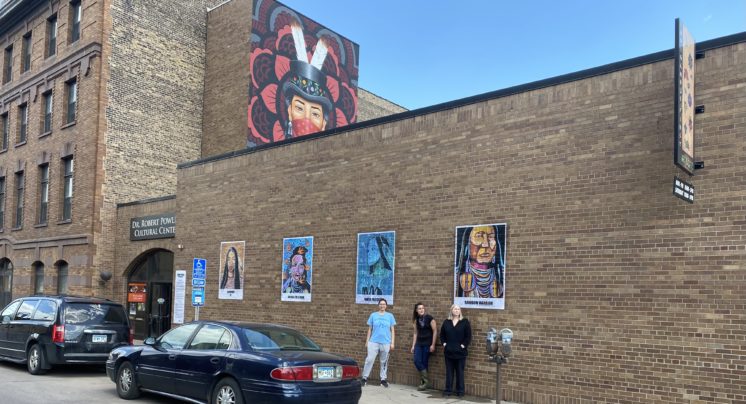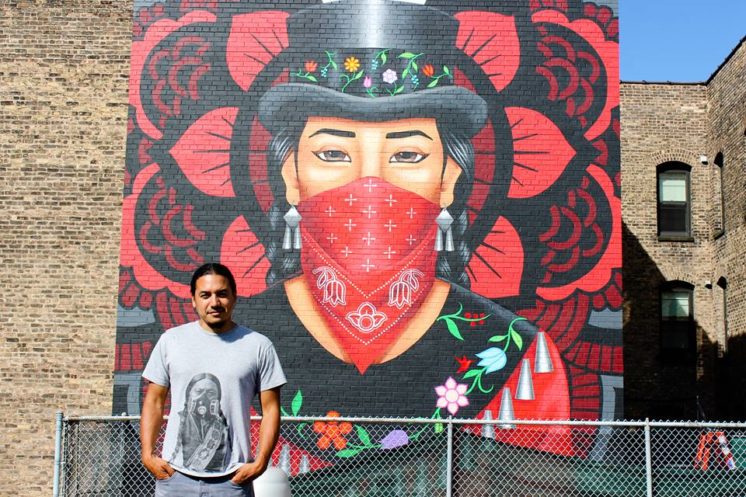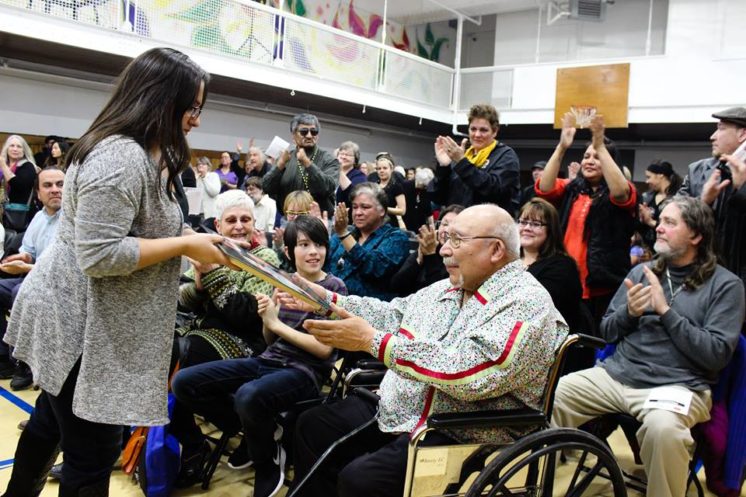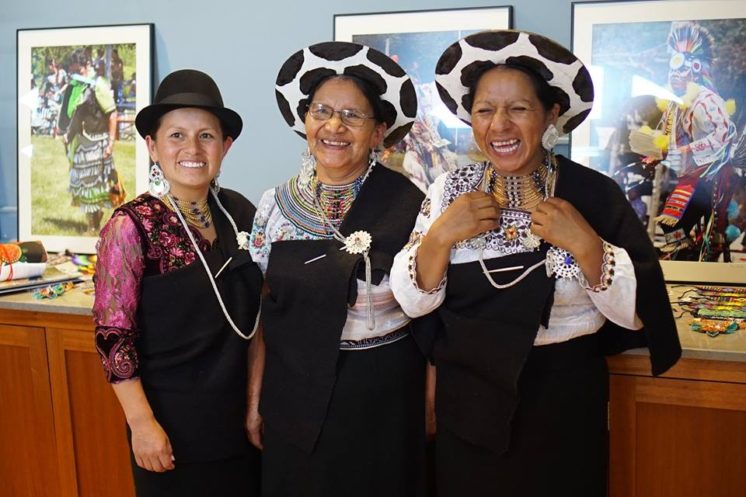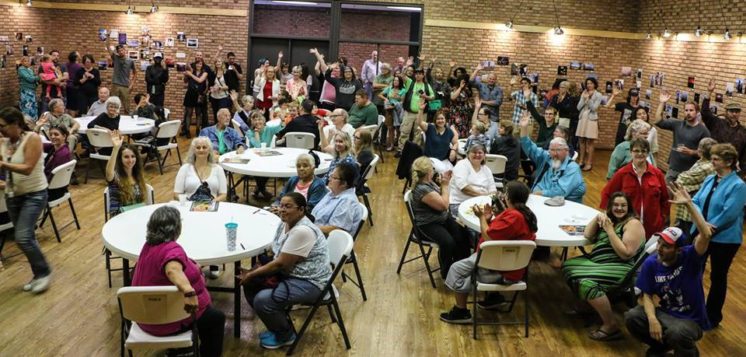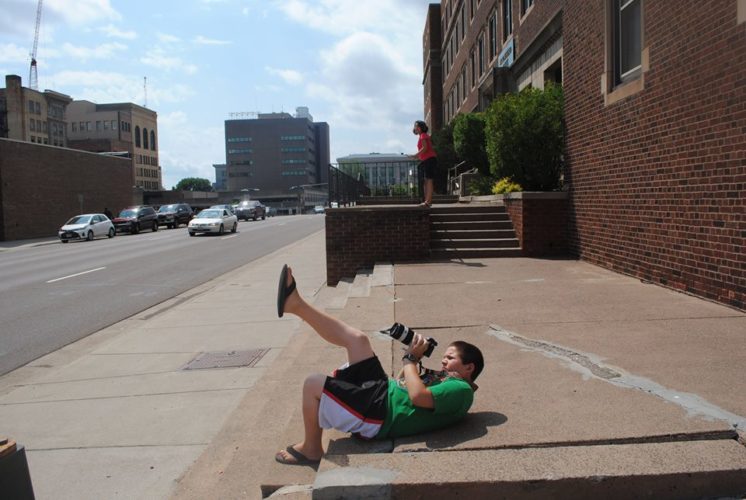
On Day 2, the kids were sent on a scavenger hunt that encouraged them utilize different camera techniques.
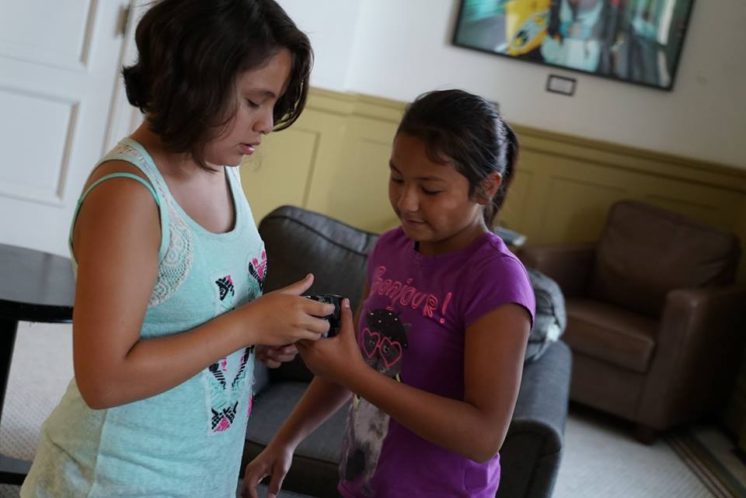
The kids were broken up into teams; they learned not only how to use the cameras, but how to teach each other.
Those who visited Brighton Beach last Thursday might have spotted the group of the kids playing in the waves of Lake Superior. They may have also noticed some touting high-end DSLR cameras and bright colored notebooks, wandering the shoreline with eager faces. That’s because, last week, the American Indian Community Housing Organization partnered with a St. Paul-based nonprofit, In Progress, to host culturally specific photography and storytelling workshops for Native American youth.
Lesson facilitator Kristine Sorenson made the journey up from the cities to the Gimaajii location to teach kids ages 8-12 how to use professional camera equipment (ranging in price from $800 to $6,000 per camera) and document the beauty in their lives. The results of their adventures couldn’t have been more inspiring.
A good number of photos featured here were taken by both myself and the participating youth and volunteers; however, at first glance, I’m willing to bet that no one would be able to distinguish who took which of the images here!
